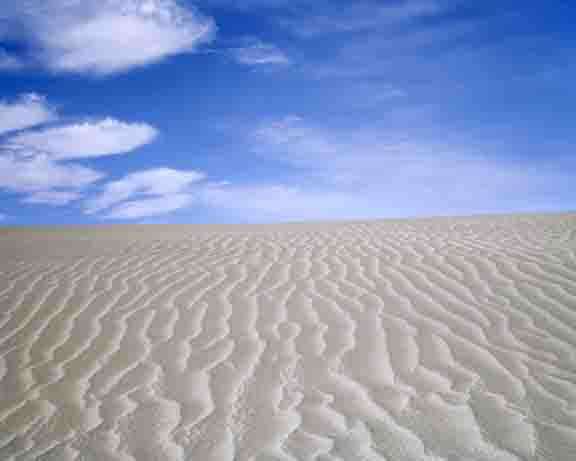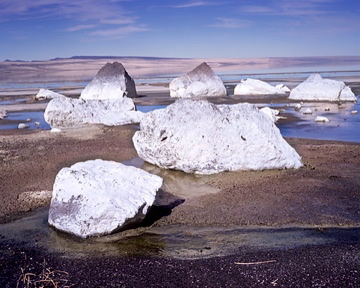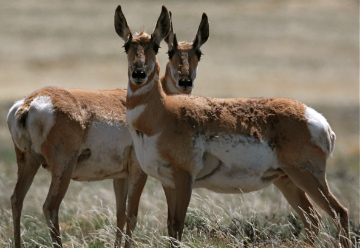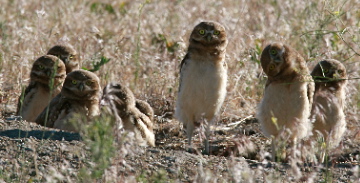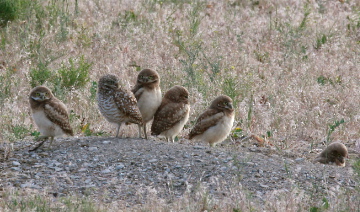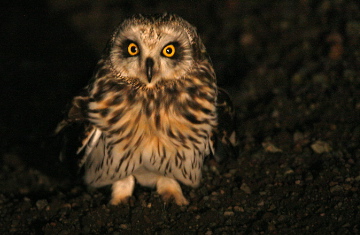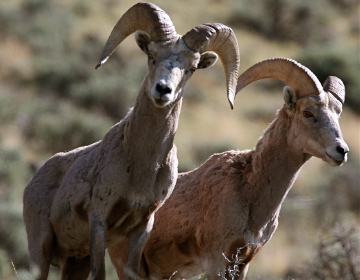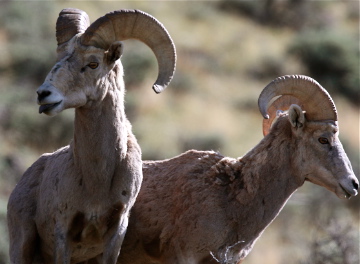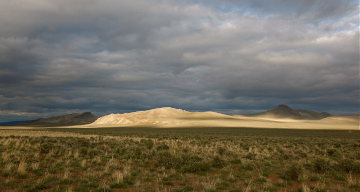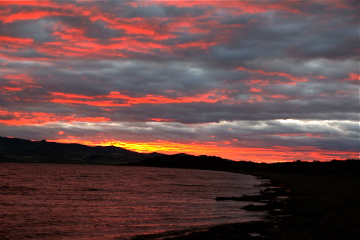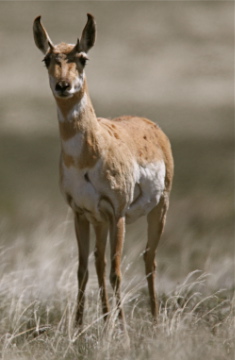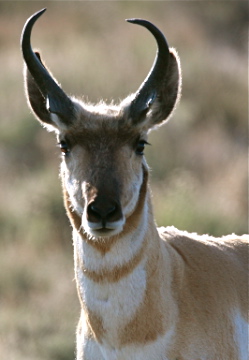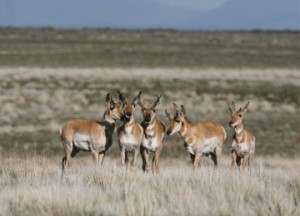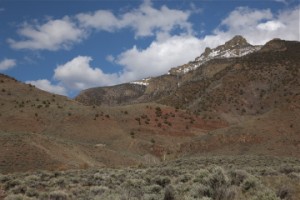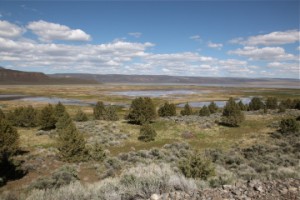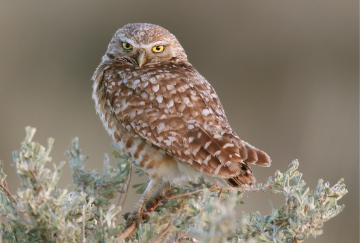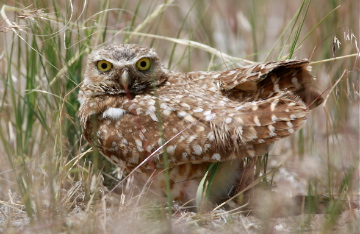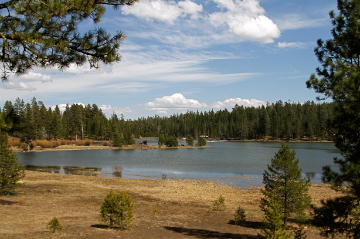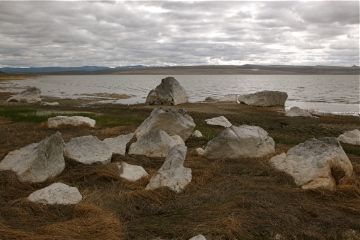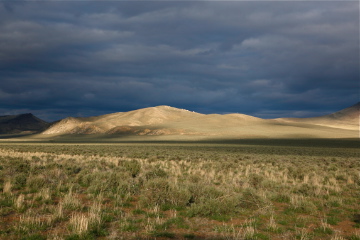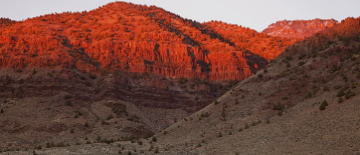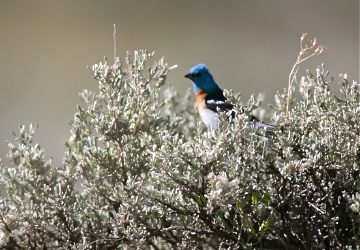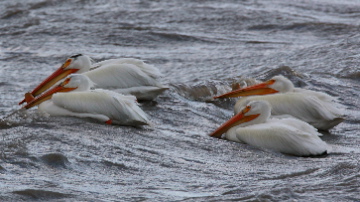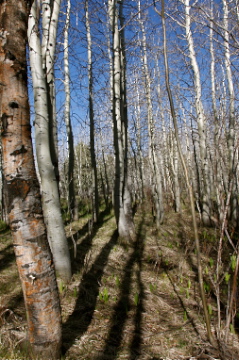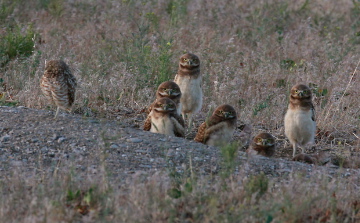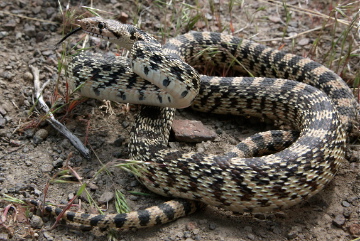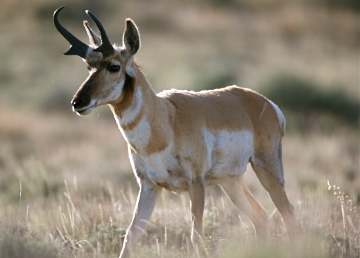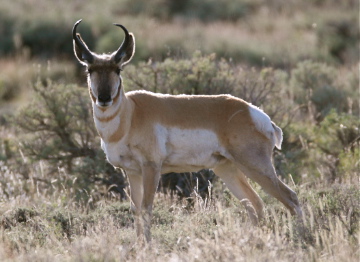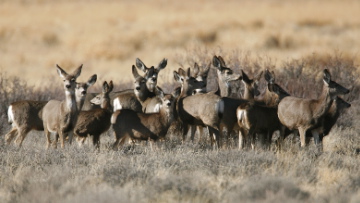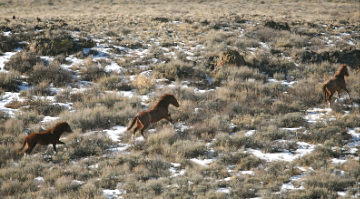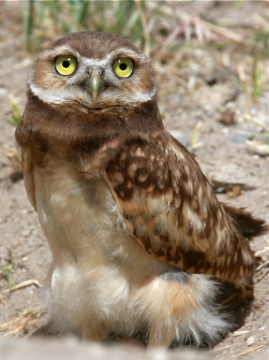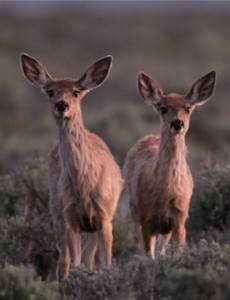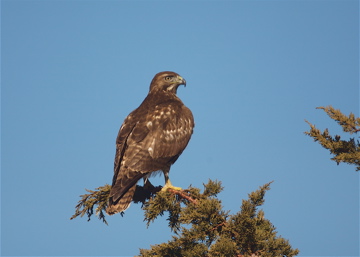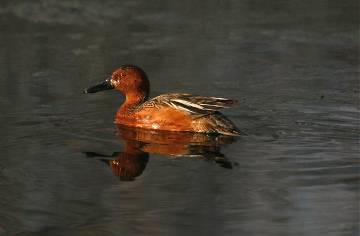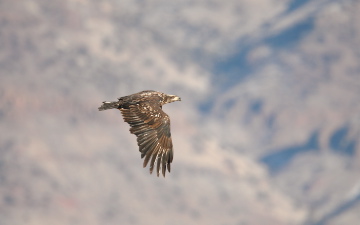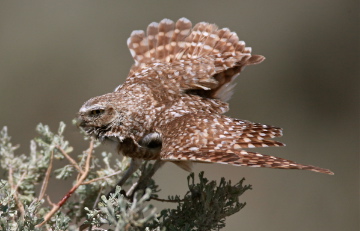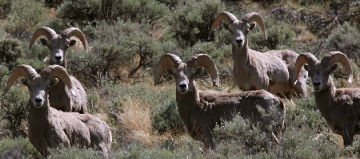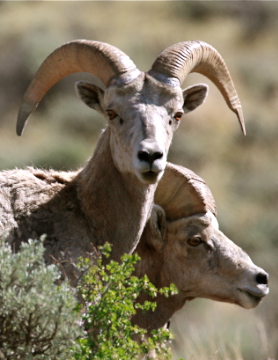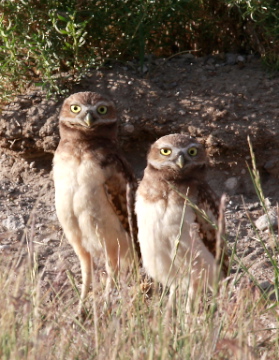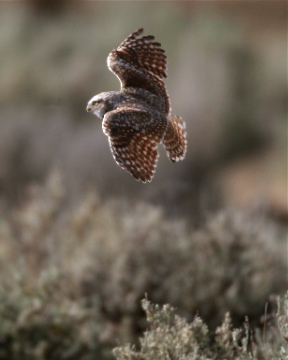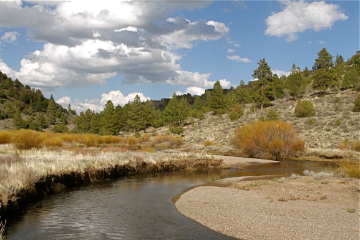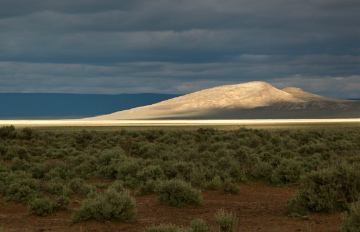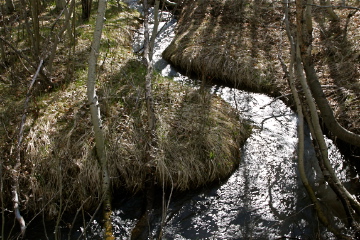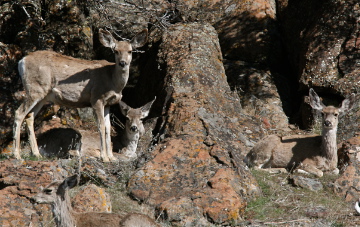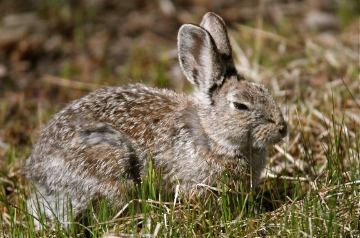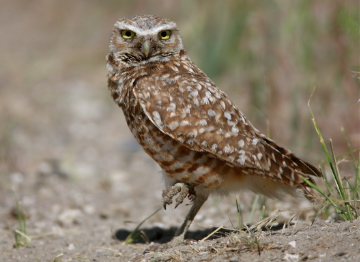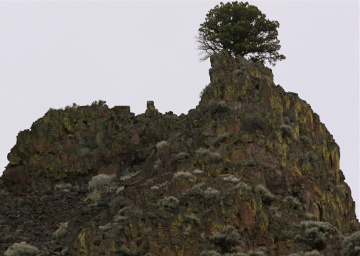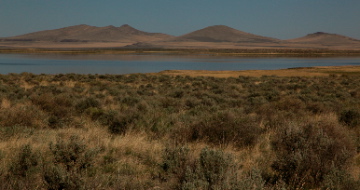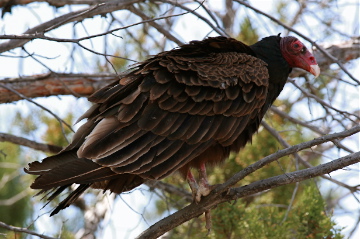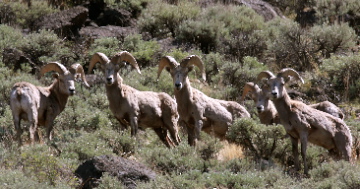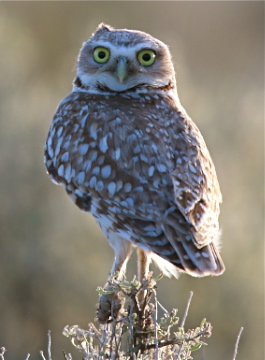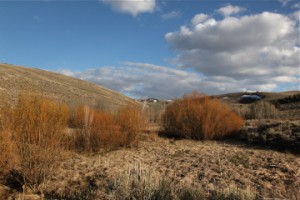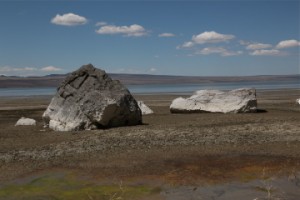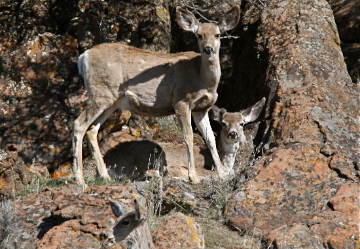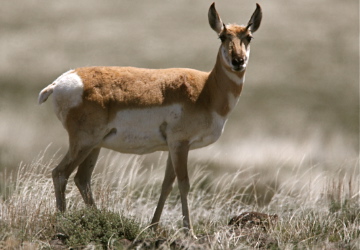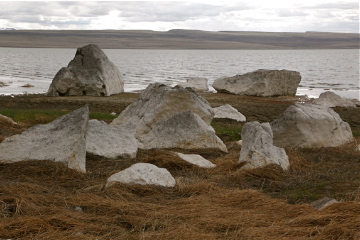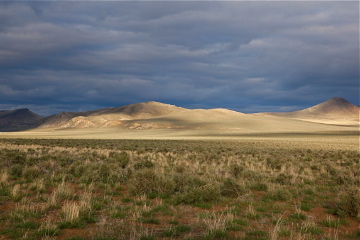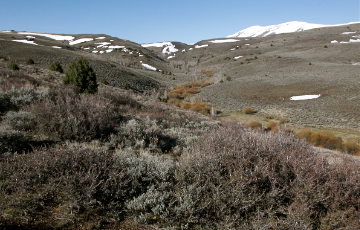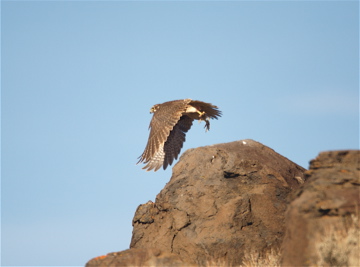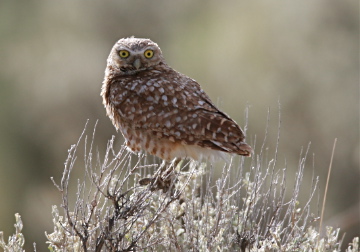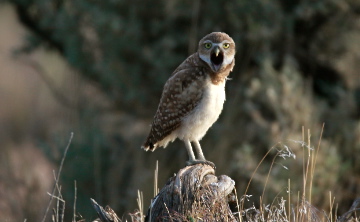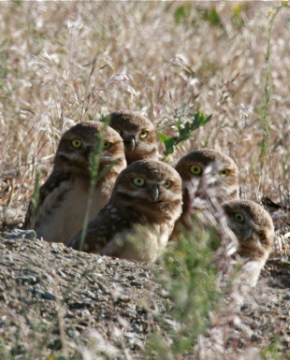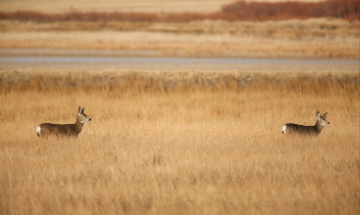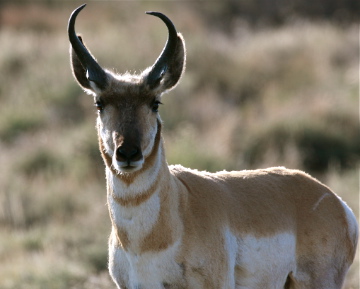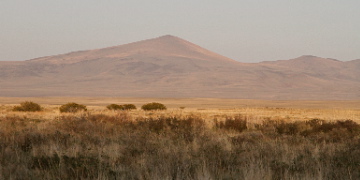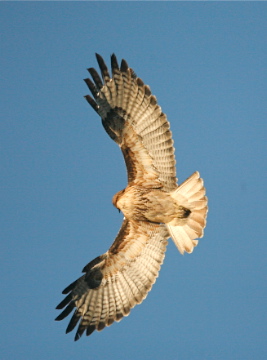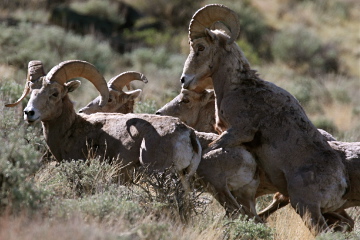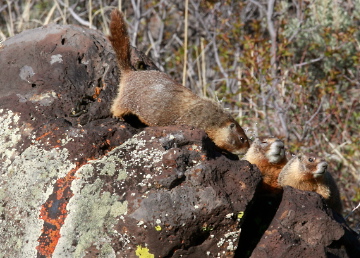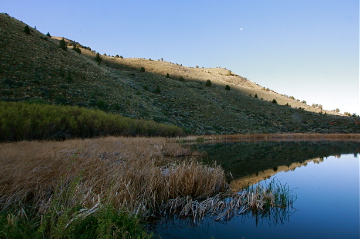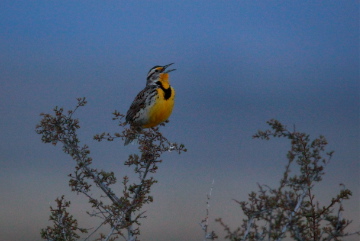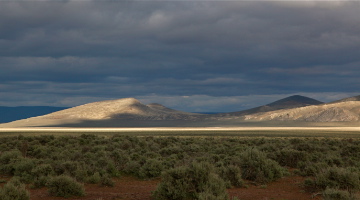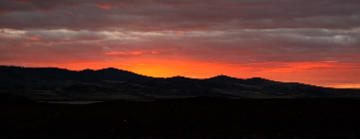Hart Mountain National Antelope Refuge, Oregon
Standing upon a ridge high upon Warner Valley below, not a visible light against the dark sky is visible for 50 miles. That is how remote this remarkable place is.
Indeed, remoteness is a key to this place as few people actually visit this area in SE Oregon. The 278,000 acre refuge is one of the most expansive wildlife habitats in the western desert habitat (Great Basin) that is free of domestic livestock. Created in 1936 as a refuge for remnant herds of Pronghorn Antelope ( that were almost wiped out at the turn of the century), the mission of this refuge has diversified into conservation of all wildlife and native plant species characteristic of this high desert habitat. Big Horn Sheep, Sage Grouse, Mountain Lion all are protected here. The Warner Valley is considered an area of critical concern of desert wetland habitat.
The valley is pocketed with marsh wetlands and the ridge is a massive fault block slope that ascends abruptly 3,600 feet from the valley. The east side of the ridge is gently sloped with sagebrush-grasslands. Antelope, Mule Deer, Wild Horses and Jackrabbits populate this range. Water is supplied by many ground springs, snow melt and rain. Although this a desert climate where precipitation is an average of 12″/annual and it comes primarily in the form of snow or some spring rain. Habitats that are directly associated with surface water support a more diversified array  of wildlife species. Groves of aspen and willow grow on both sides of the ridge, usually in riparian cuts. The  ponderosa pine and juniper trees offer many bird species oasis from predators and the desert heat. Grasses and non woody vegetation grow on the east range with a succession of shrubs such as a sagebrush grow along creek beds and bases of ridges and then mature shrubs such as juniper and trees grow in and amongst the rocky ridges.
If you were to visit in the refuge in the winter time, you might want to call it the “non” Antelope wildlife refuge. That is because most Antelope migrate southward during the winter. But in this case, the Antelope only migrate 20-70 miles south to Sheldon N.W.R., in northwest Nevada. Both refuges were incorporated at the same time. Spring and summer are great times to visit this refuge as the antelope repopulate the refuge. However, in the winter there are amazing sunsets that glow purple, red and orange over the ice fields that cover the valley. A surreal experience.
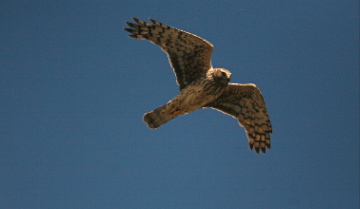
- Harrier
